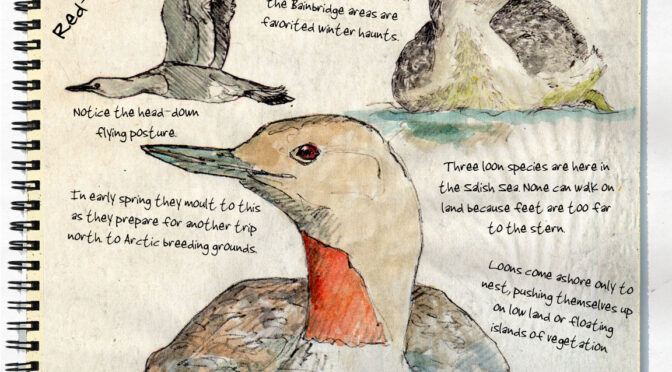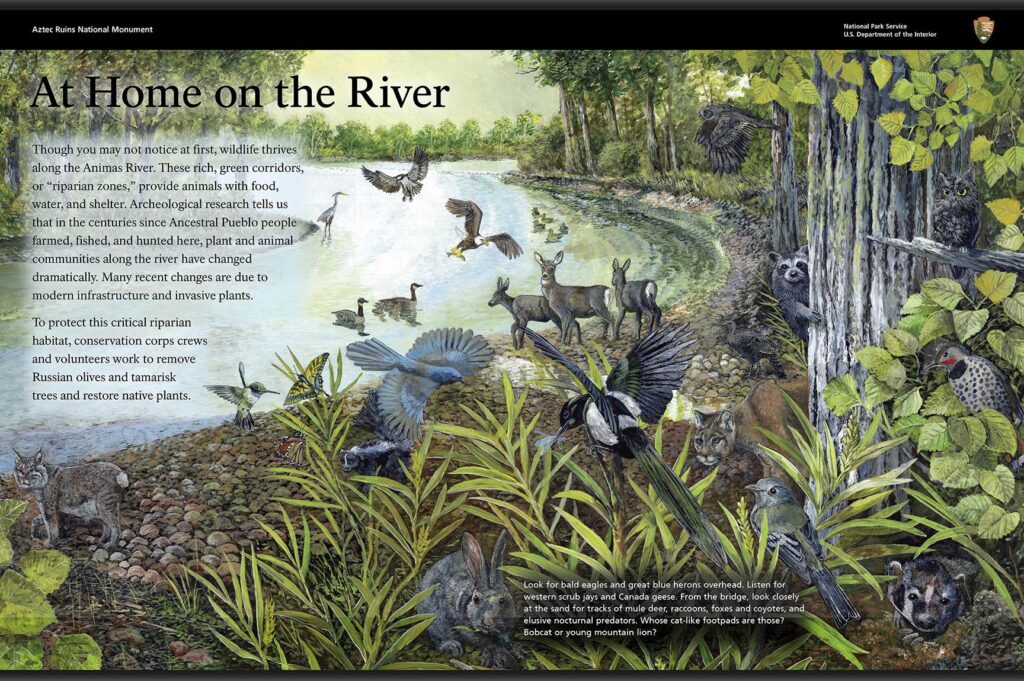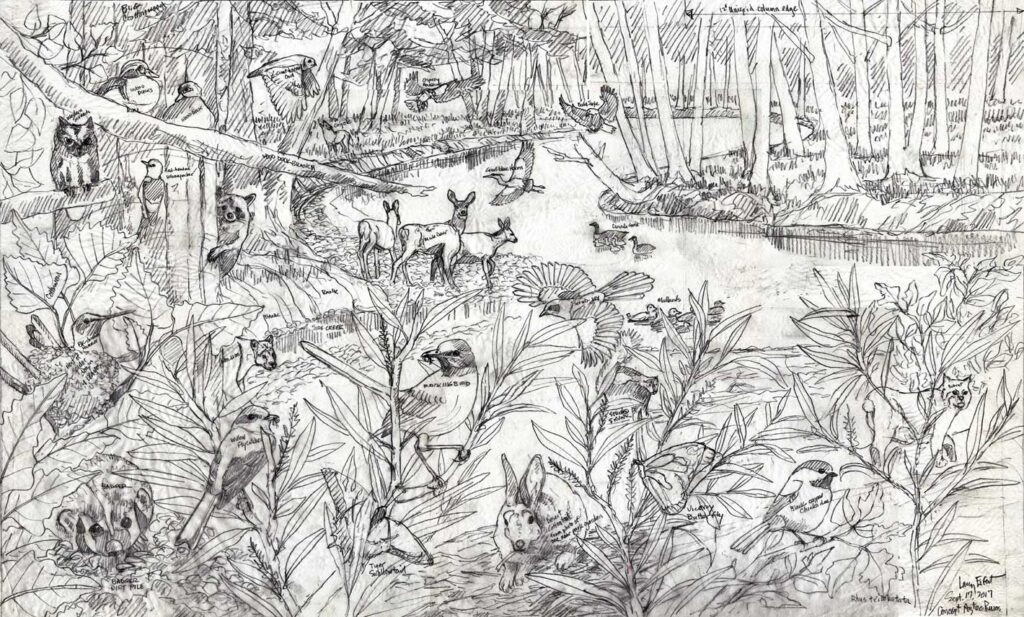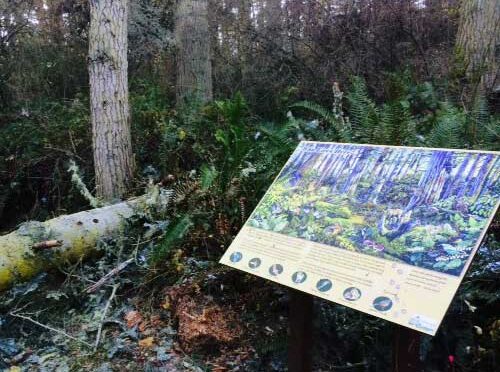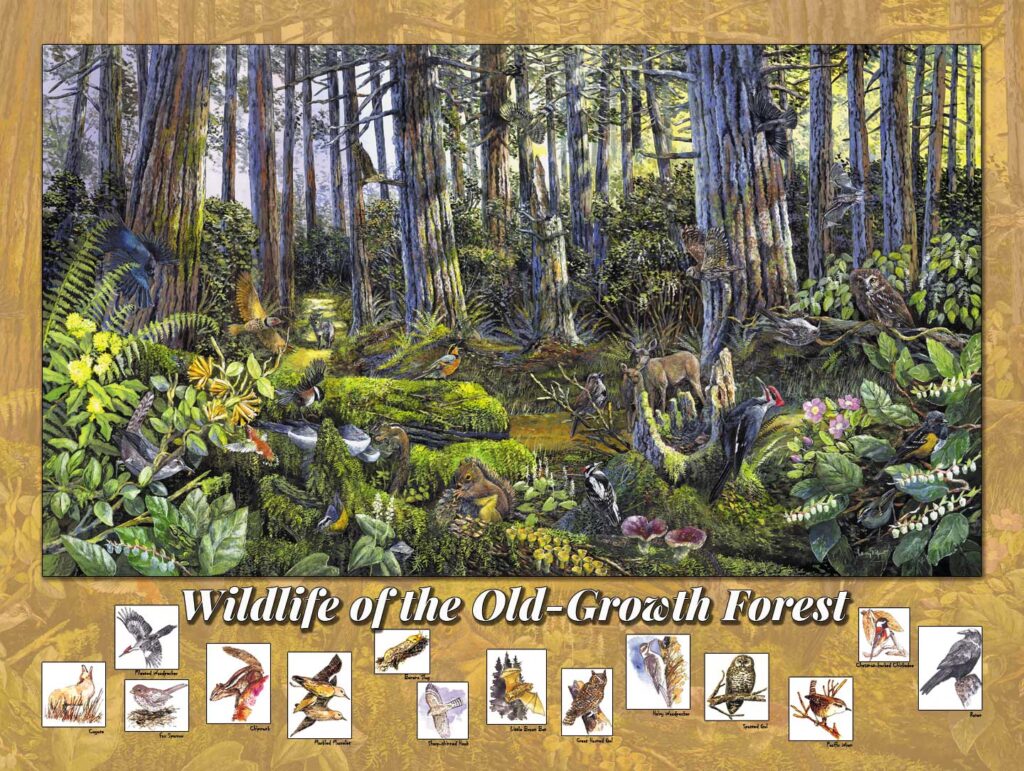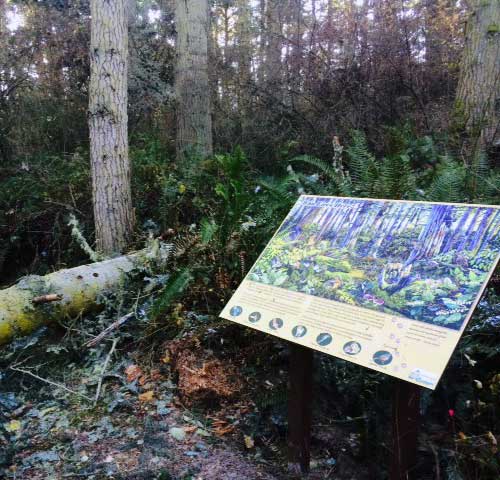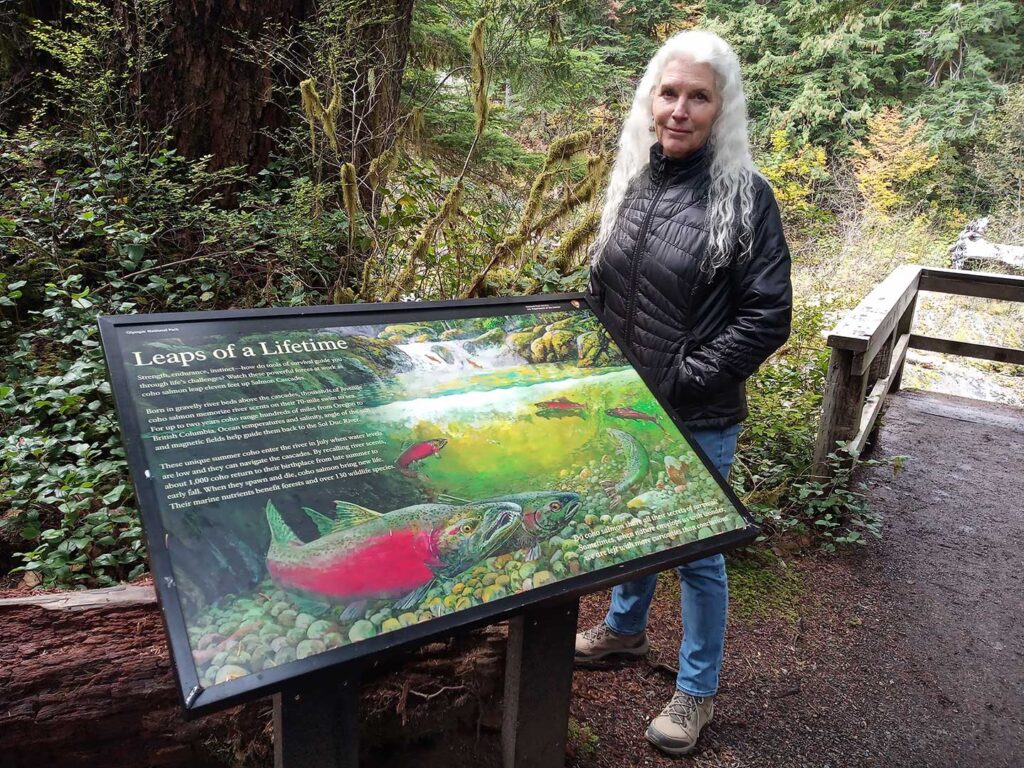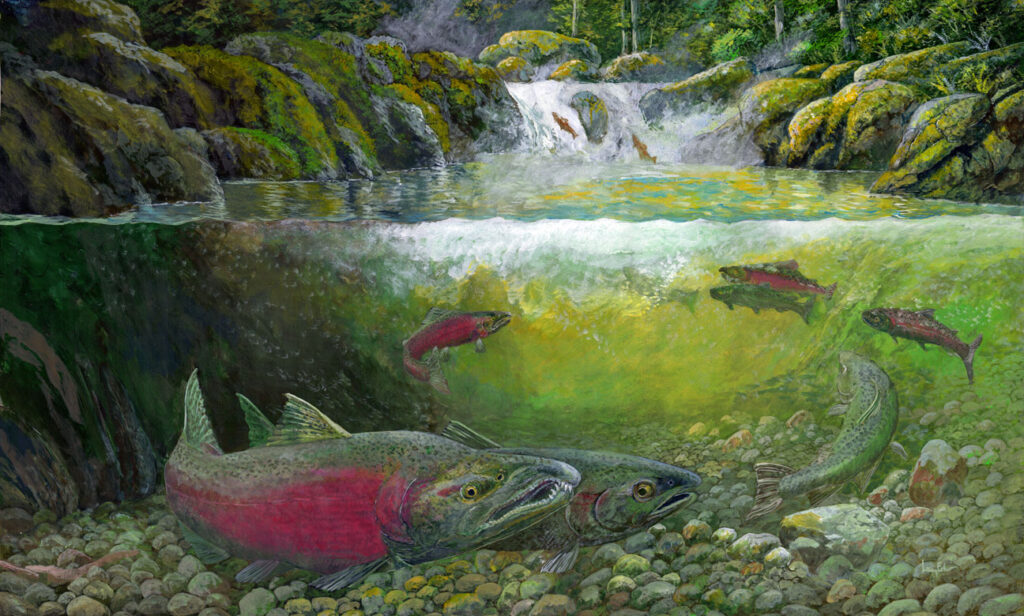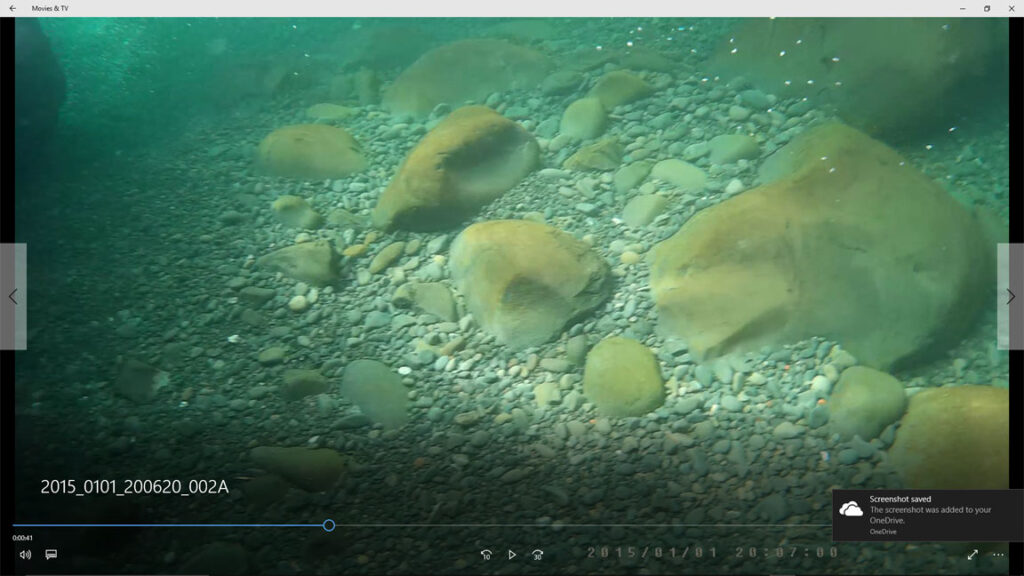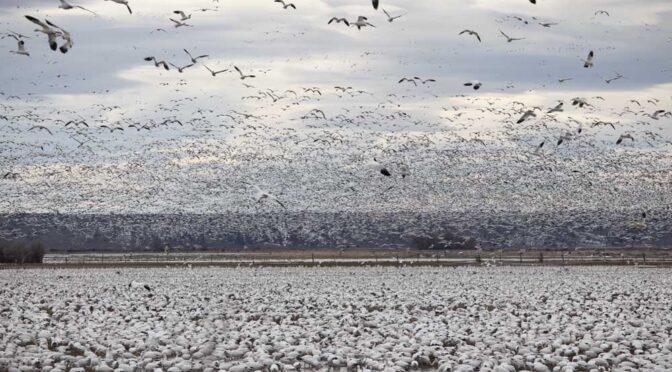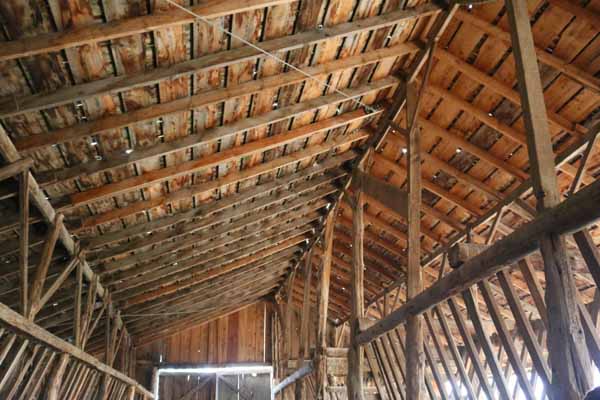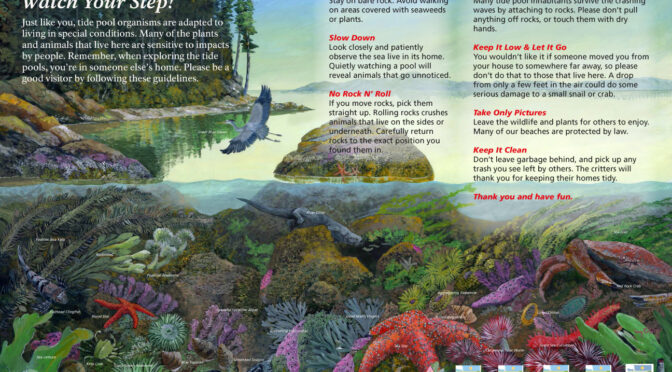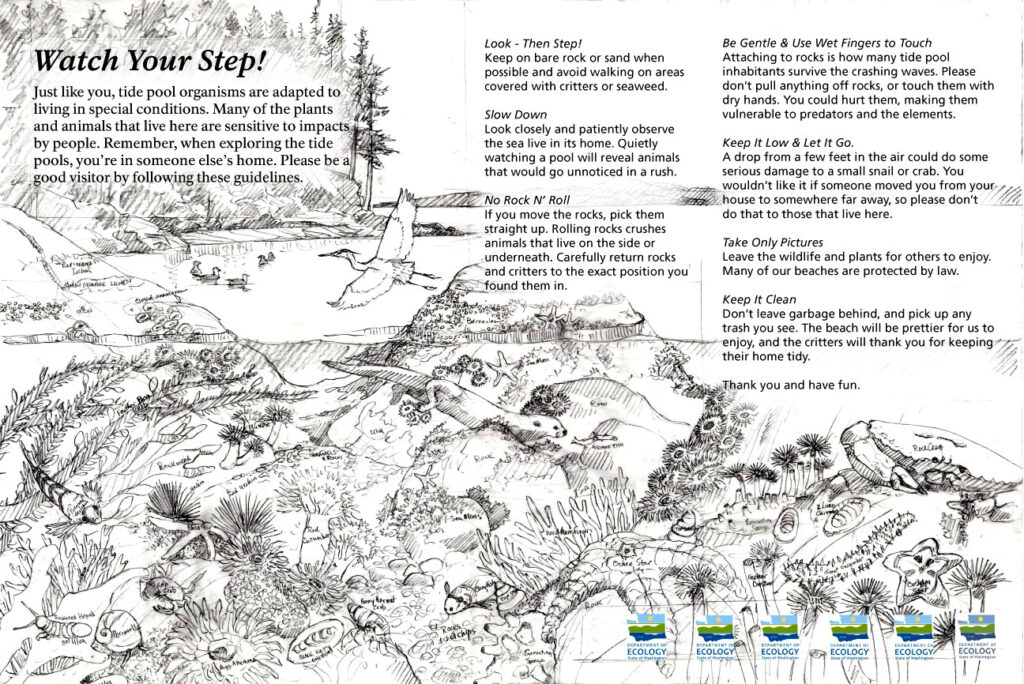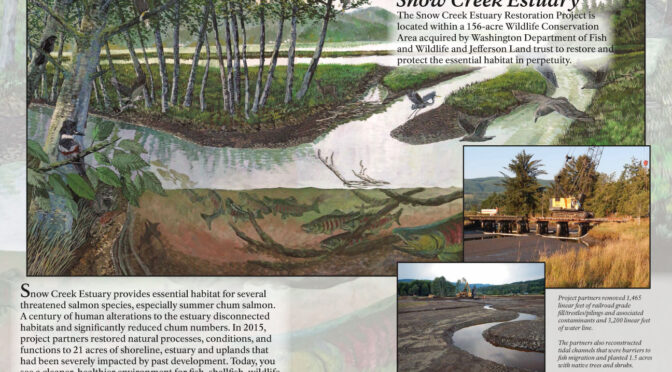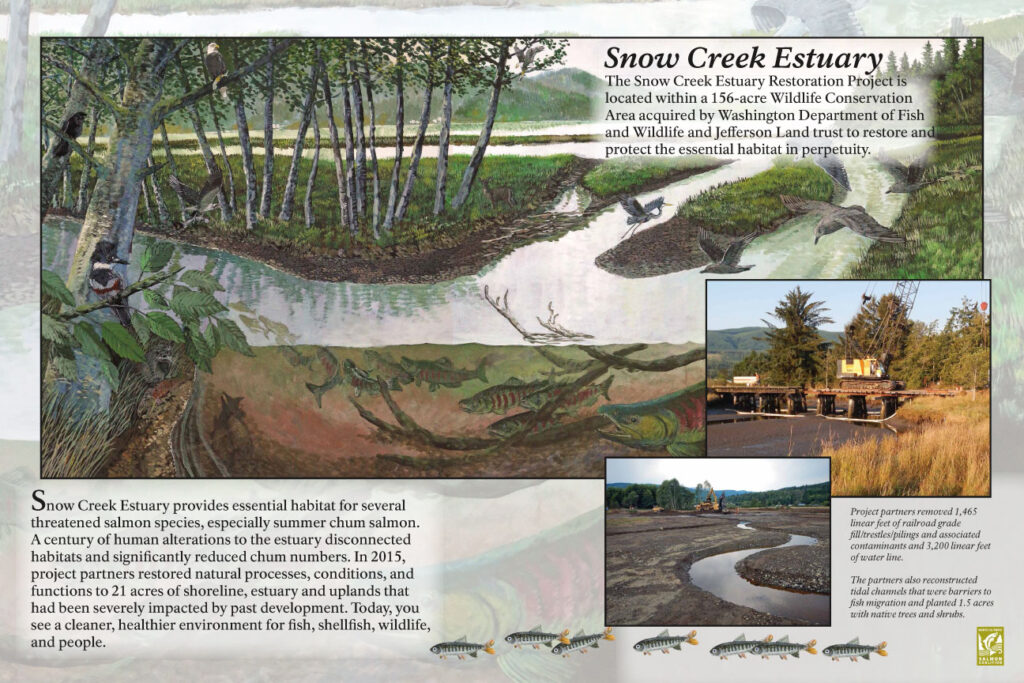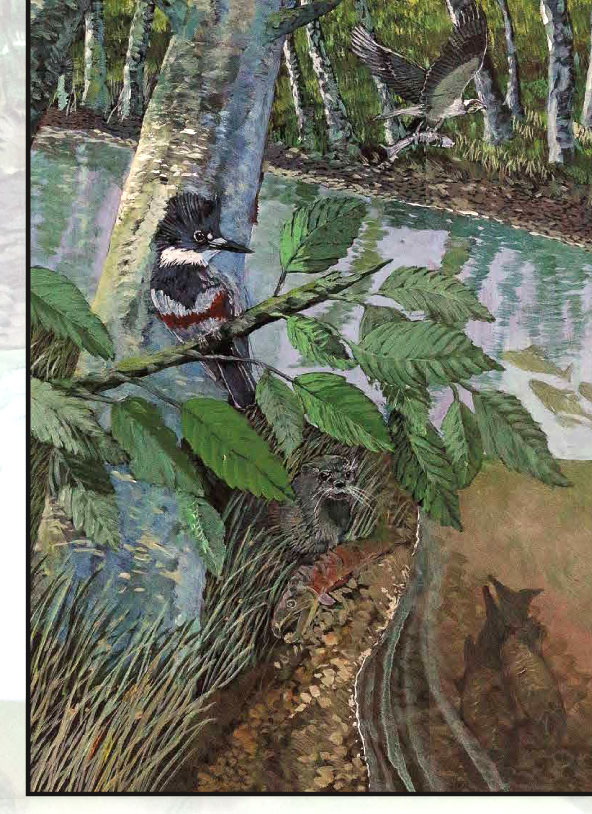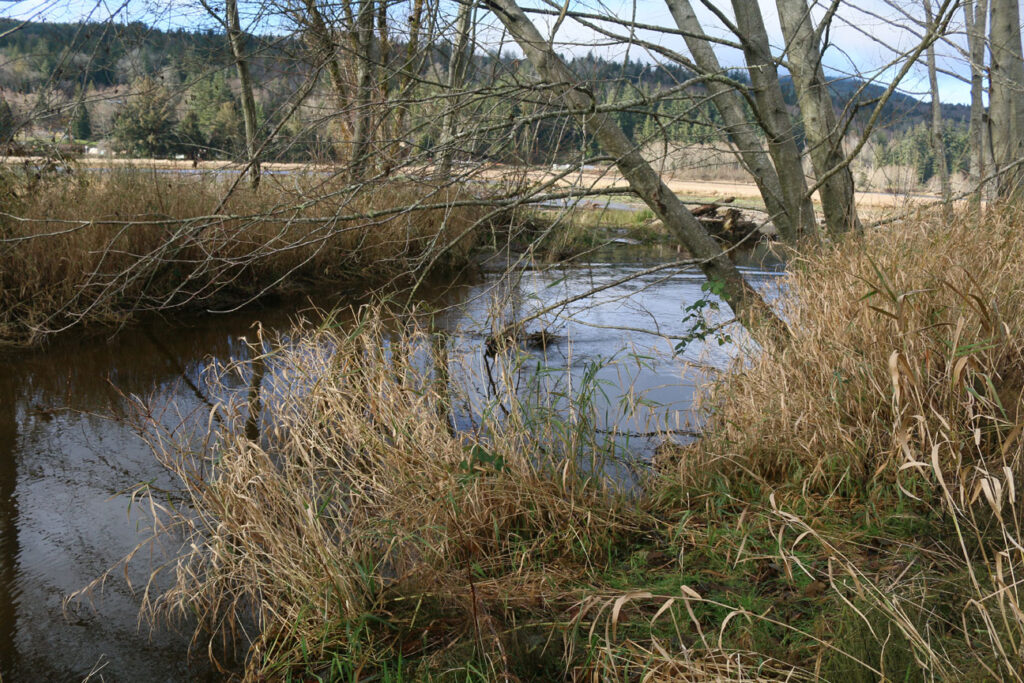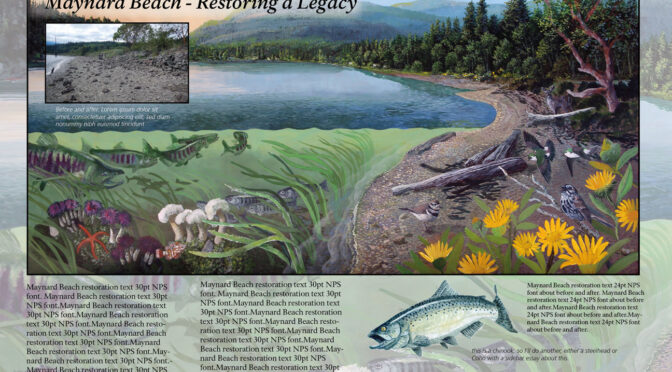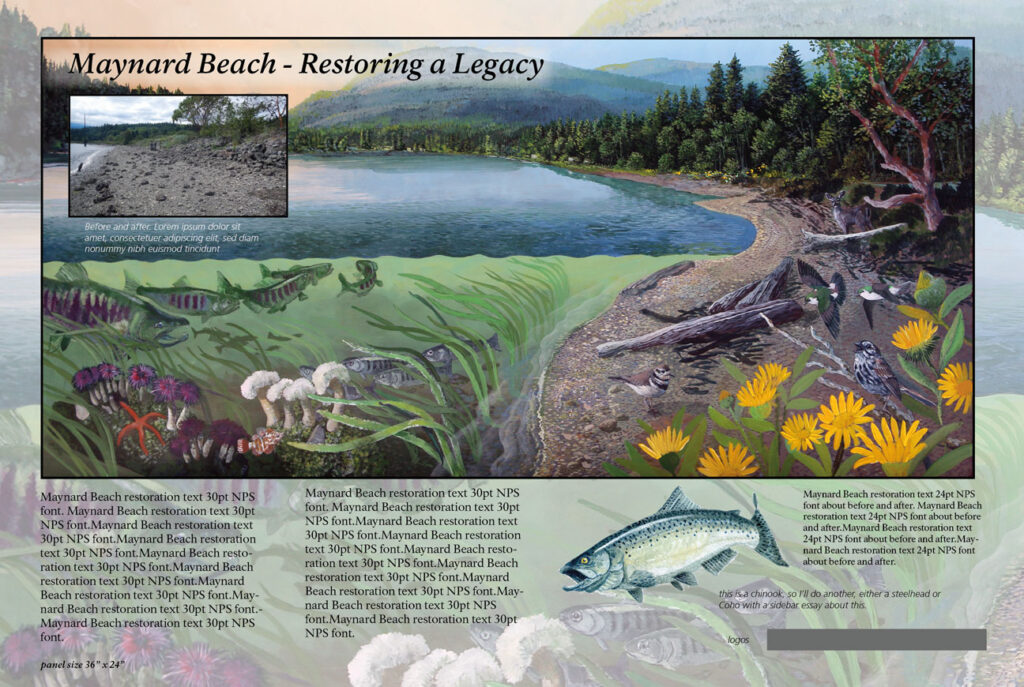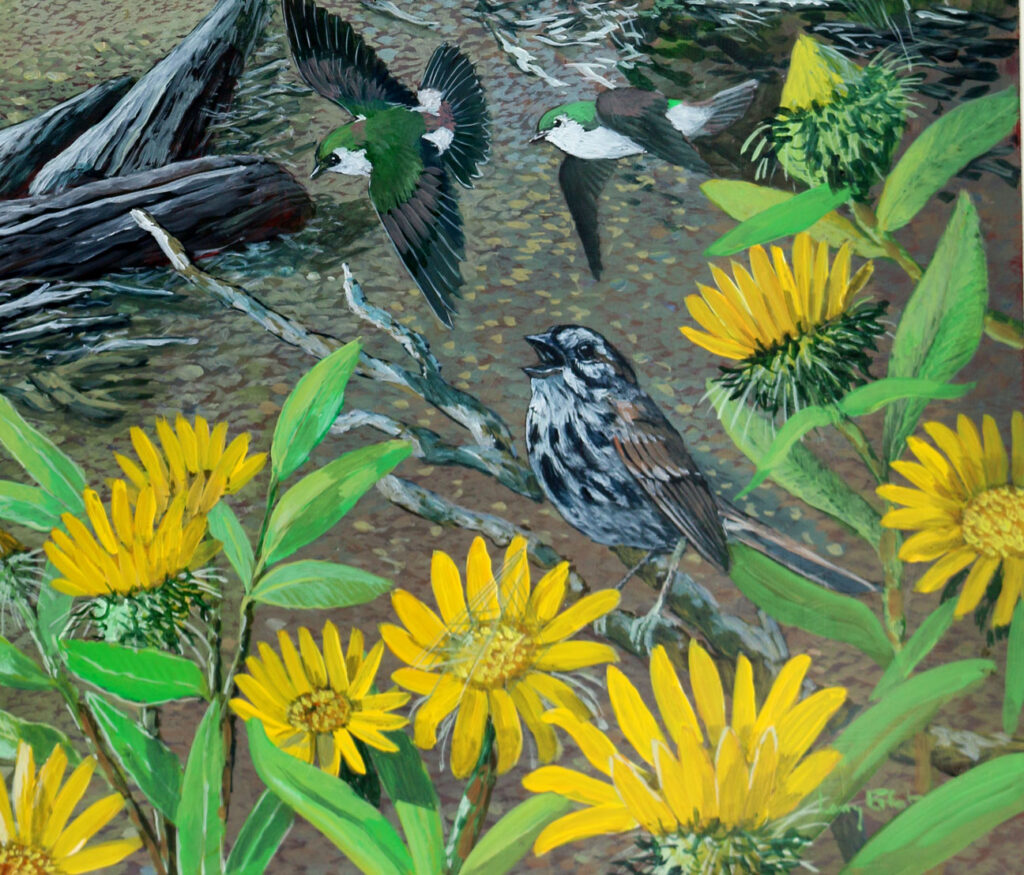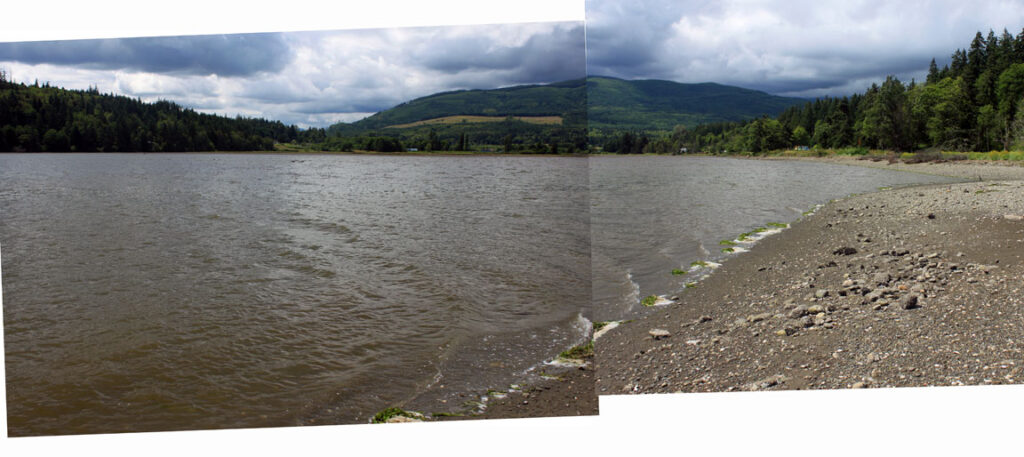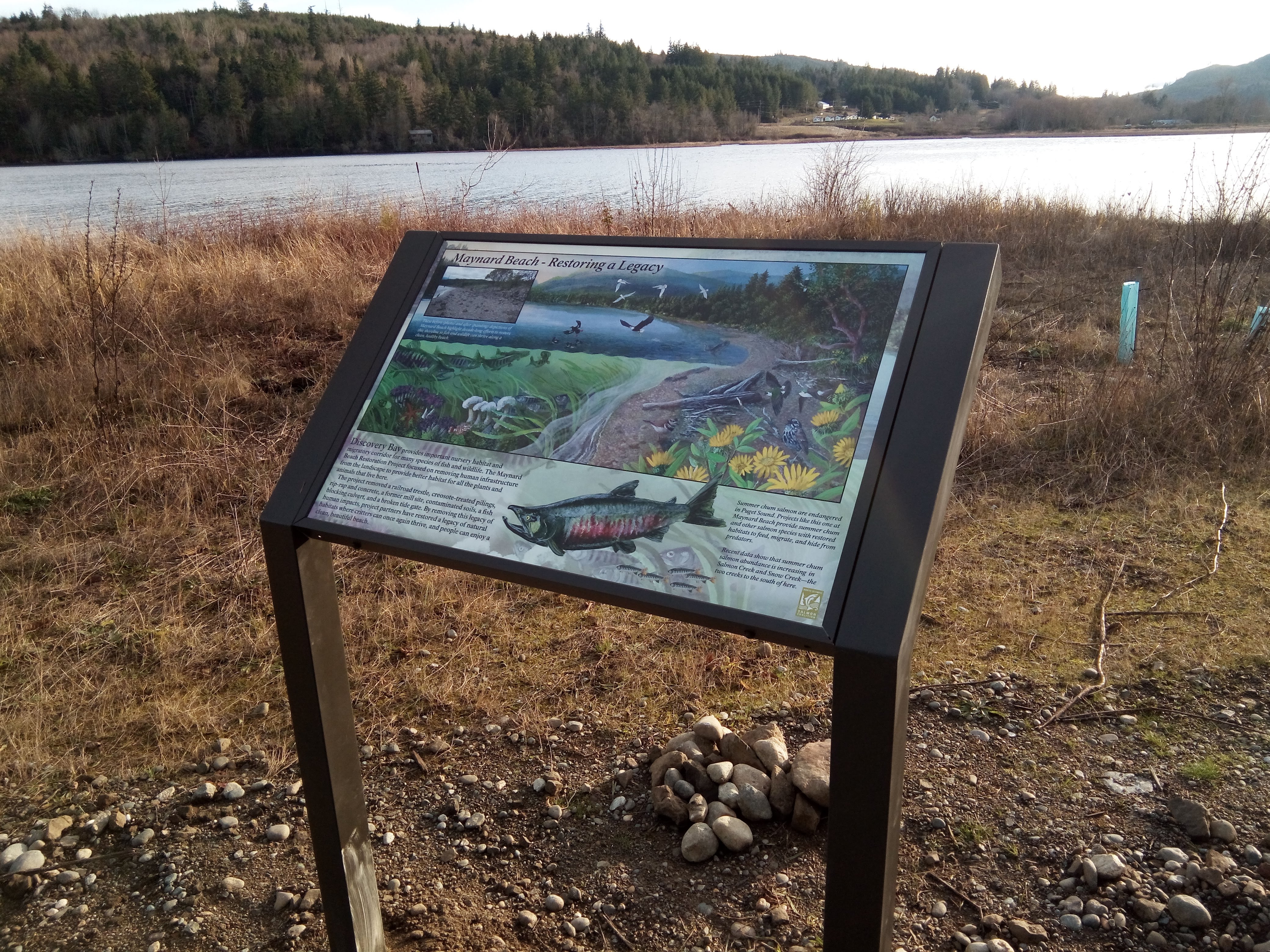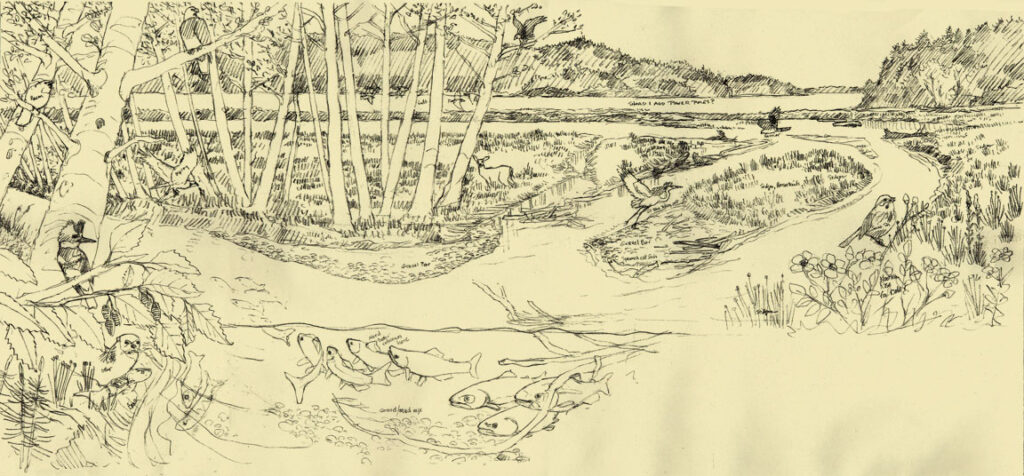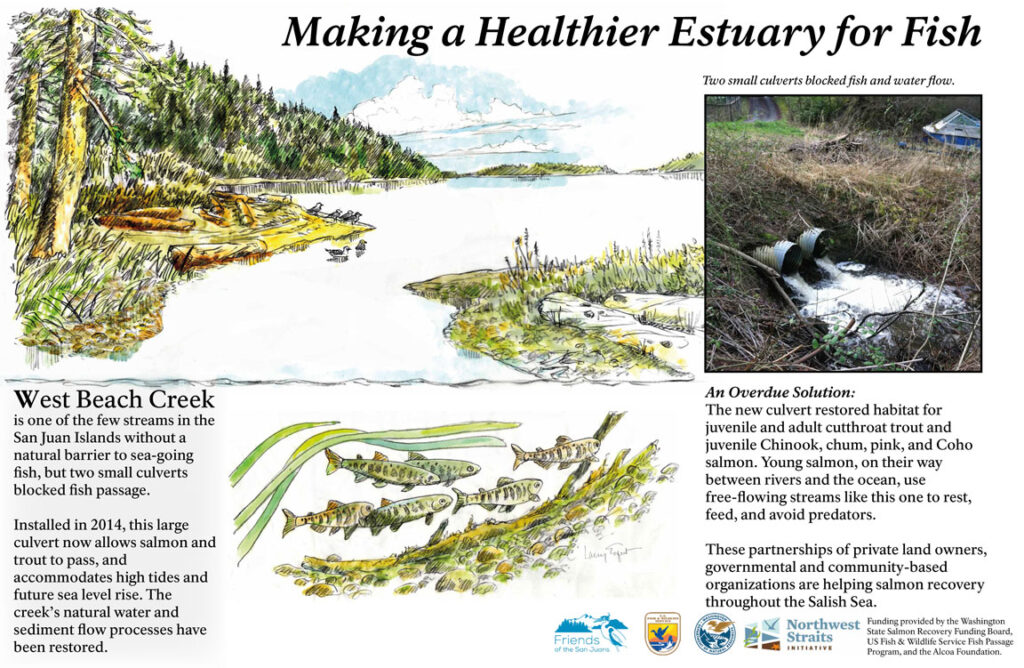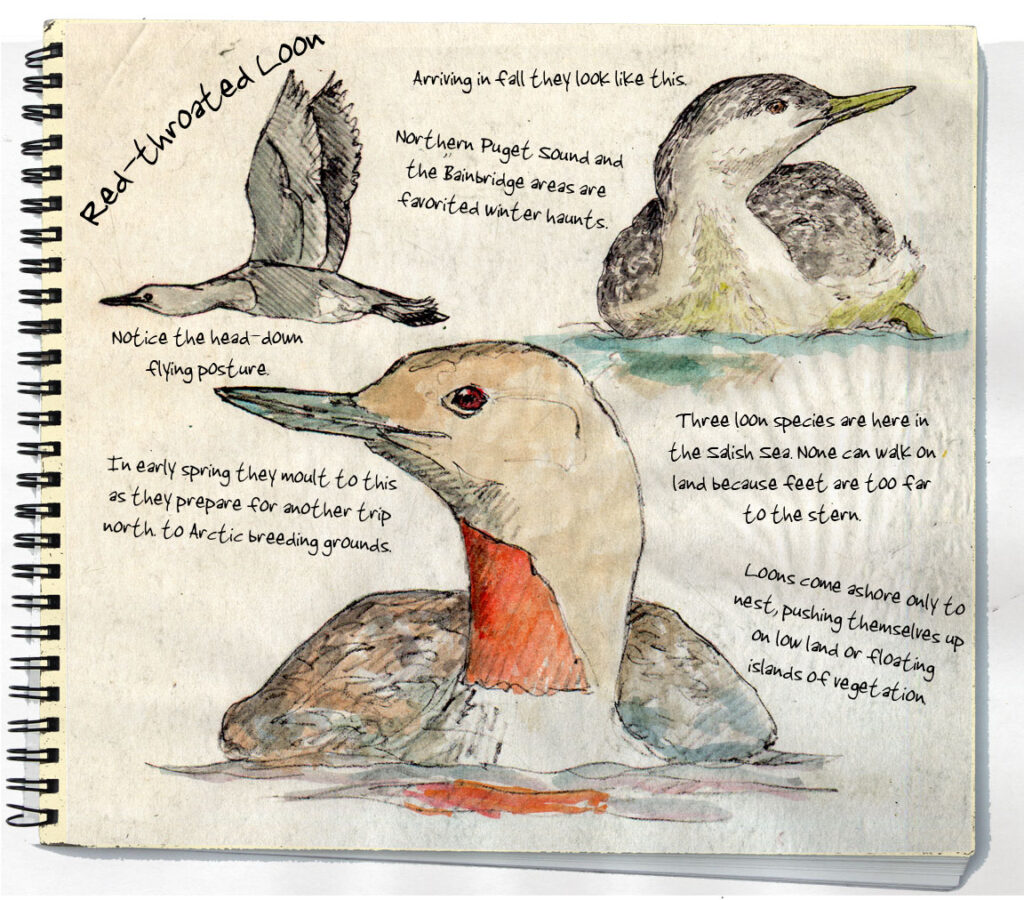
This is my 48 North magazine story for November. I thought t he subtle colors of this beautiful winter bird came out fairly well. Here’s the story:
“On the Port Townsend ferry, we crossed those notorious tide rips out in Admiralty Inlet and I spied quite a group of large striking birds, all milling about and diving for dinner in the turbulence. The red-throated loons are back from the north for winter in the Salish Sea. At about 24” long, these are the smallest of the three species of loons we see here, but they are still large birds. Easy to identify in flight, they have a hunchbacked look unlike any other Salish Sea bird and appear to fly very fast. Specialized bodies with legs placed as far to the stern as possible make for fast underwater swimming as they chase down and catch small fish. As with many species, they have evolved into a very specialized and successful fishing machine.”
“They arrive here in winter plumage, basic tux black and white with a very subtle mix that would drive a painter wild trying to portray. As winter progresses, they change profiles completely and sport a dramatic red-orange front and overall soft look of doe skin. Then they’re off for the long flight to the far northern lakes to nest, and here is where it gets interesting. These birds, with legs placed so far back on their bodies, make them almost unable to walk. They cannot stand upright! So, the loons push vegetation around to create a floating nest or simply push themselves up on a low shore. How the eggs stay warm enough to hatch is a mystery to me, but somehow it works – and next November we’ll see the results here with more red-throated loons to enjoy.”
Again, here’s the link to the NEW new puzzle I talked about last week.
Thanks for reading this week.
Larry Eifert
Here’s the blog on the web. And here’s my Facebook fan page. I post lots of other stuff there.
Click here to go to our main website – with jigsaw puzzles, prints, interpretive portfolios and lots of other stuff.
Nancy’s web portfolio of stunning photography
And here to go to Virginia Eifert’s website. Her books are now becoming available as Amazon Kindle books.
